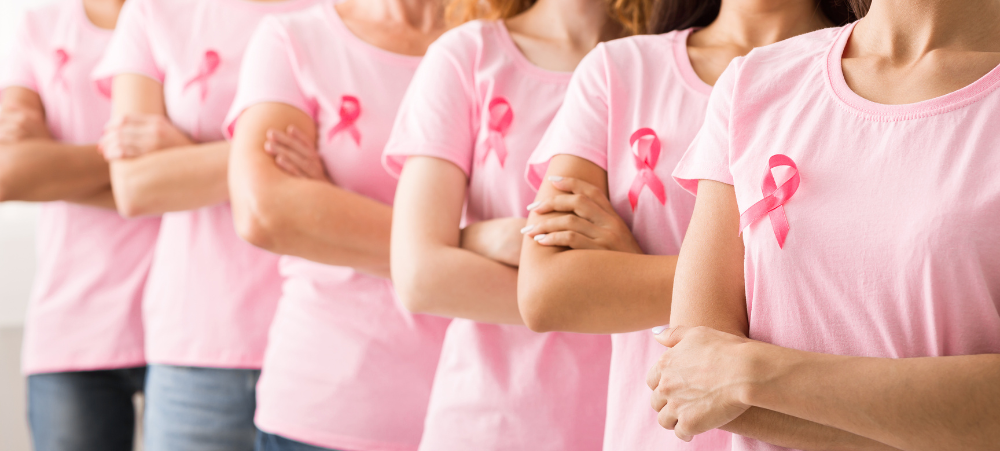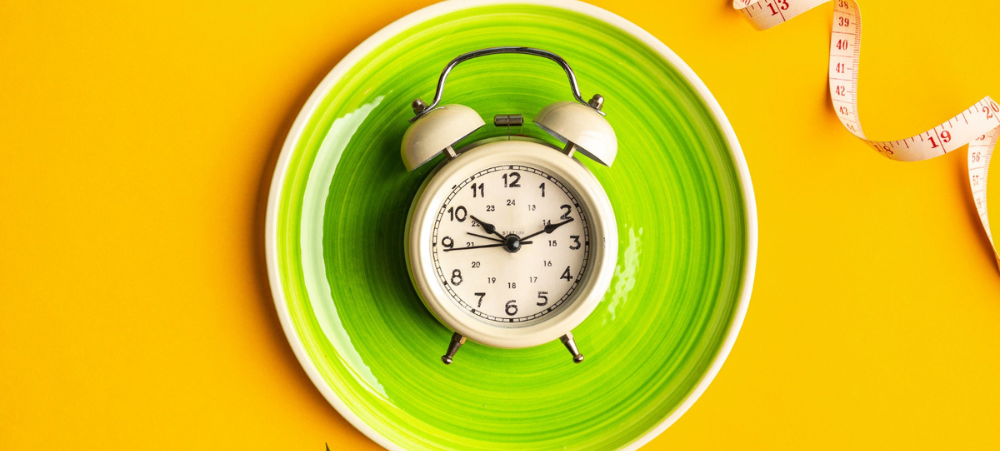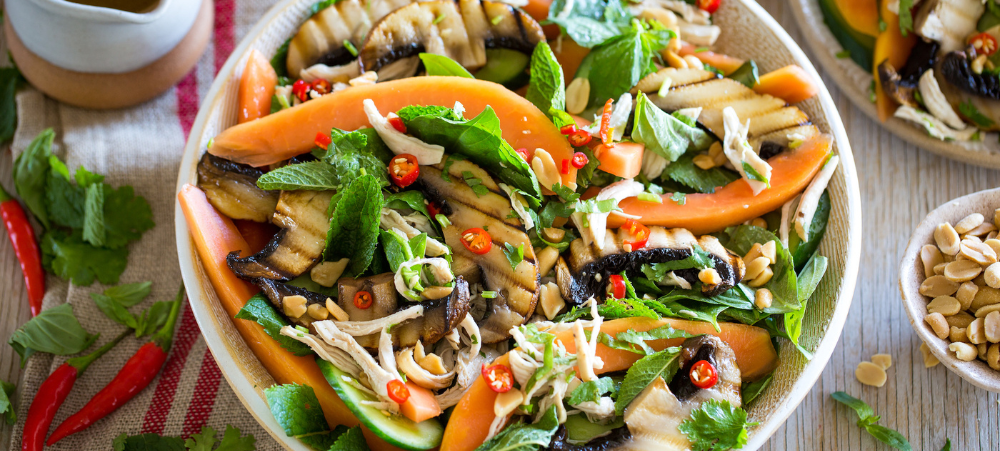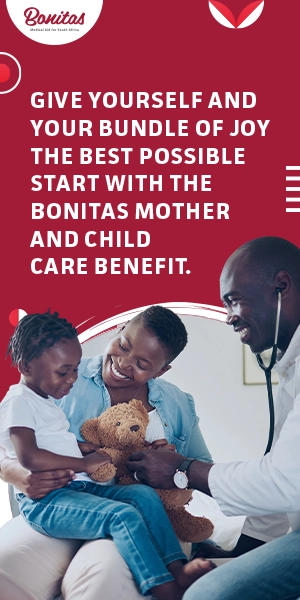
Radiology’s pivotal role in the detection of lifestyle diseases
Data from the World Health Organization (WHO) indicates a notable increase in Non-Communicable Diseases (NCDs) such as cardiovascular and respiratory diseases, diabetes and cancers. These diseases are major contributors to global morbidity and mortality. In fact, three years ago, the Human Sciences Research Council (HSRC) and the Medical Council described the increase in NCDs as an ‘emerging epidemic’ and the ‘biggest threat to South Africa’s health’. NCDs, known as chronic or lifestyle diseases, are medical conditions that are not infectious and cannot be transmitted directly from person to person. They progress slowly, often lasting for a long duration. The main categories include cardiovascular diseases (such as heart disease and stroke), cancer and chronic respiratory diseases and diabetes. Other examples include obesity, mental health disorders and musculoskeletal conditions. Lifestyle diseases were more prevalent in higher income brackets but currently, they are wreaking havoc amongst all South Africans. The good news is that the damage resulting from unhealthy lifestyles can be stemmed. Dr Jean de Villiers from SCP Radiology says medical imaging techniques play a crucial role in the early diagnosis, management and monitoring of lifestyle diseases. ‘The rapid evolution of high-quality imaging techniques, using reduced radiation dose, has positioned radiology ideally for this role. This contributes significantly to the understanding and treatment of these conditions.’ Why ‘lifestyle’ disease’? The conditions are called lifestyle diseases because they result from long-term, habitual behaviours and lifestyle choices. The terminology implies that their prevention, control, and management are often a result of an individual’s actions, such as: Poor diet: Diets high in processed foods, saturated fats, trans fats, salt and sugar Physical inactivity: Lack of regular physical activity Tobacco use: This is a major contributor to cardiovascular diseases, respiratory diseases and certain types of cancer Environmental factors: Including air pollution, water pollution and other environmental toxins can contribute to the development of respiratory diseases and other health problems Occupational hazards: Certain workplace exposures to chemicals and other hazards can increase the risk of specific NCDs Genetics: A family history may result in a genetic predisposition to certain NCDs Age and gender: The risk of developing NCDs tends to increase with age. Some conditions, like osteoporosis and certain cancers, may be more prevalent in specific age groups or genders Metabolic factors Obesity, high blood pressure and high cholesterol levels can increase the risk of developing cardiovascular diseases and diabetes Psychosocial factors: Chronic stress can contribute to the development or exacerbation of various NCDs Mental Health Perhaps surprisingly, mental health can also result in chronic diseases. According to Harvard Medical School, poor mental health can negatively impact on physical health, leading to an increased risk of some conditions. Depression has been linked to a 67% increased risk of death from heart disease and a 50% increase in risk of death from cancer. Mainly because people with mental health conditions are less likely to receive the physical healthcare. Preventing NCDs usually involves lifestyle modifications: Adopting a healthy diet, engaging in regular physical activity, avoiding tobacco and excessive alcohol consumption and managing stress. Early detection, through regular health check-ups and screenings, is also crucial for effective management and prevention of associated complications. The role played by radiology Diagnostic imaging: Helps in the early detection and diagnosis of lifestyle diseases. ‘For most of these conditions, early identification and diagnosis are crucial. X-rays, Computed Tomography (CT), Magnetic Resonance Imaging (MRI), mammography, and ultrasound are ideally suited to visualise relevant internal anatomical structures and identify relevant abnormalities early,’ says Dr de Villiers. Monitoring disease progression: Radiological techniques can monitor the progression of lifestyle diseases over time. This is important for diseases like diabetes, where complications can affect the kidneys, eyes and blood vessels. Treatment planning: Aids in treatment planning by providing detailed anatomical information. For example, before certain surgeries or interventional procedures, imaging guides the medical team to target the affected area and minimising damage to surrounding healthy tissue. Screening programs: These are essential for the early detection of certain lifestyle-related conditions. For instance, routine mammography and colonoscopy for the early detection of breast cancer and colorectal cancer, respectively. Similarly, there are currently National pilot projects running to detect early lung cancer in high-risk individuals using low-dose CT scans of the chest. Research and clinical trials: Radiology plays a key role in research studies and clinical trials aimed at understanding the mechanisms of lifestyle diseases. Advanced imaging techniques can be used to investigate the effects of lifestyle interventions and assess the effectiveness of treatment. Patient education: Radiological images can be used to educate patients about the nature and progression of their conditions. Being able to see the affected areas can help patients understand the importance of lifestyle modifications and treatment adherence. In summary, radiology is an integral component of the multidisciplinary approach to the detection and management of lifestyle diseases. It facilitates early detection, accurate diagnosis and effective management, ultimately contributing to improved patient outcomes and quality of life.








































